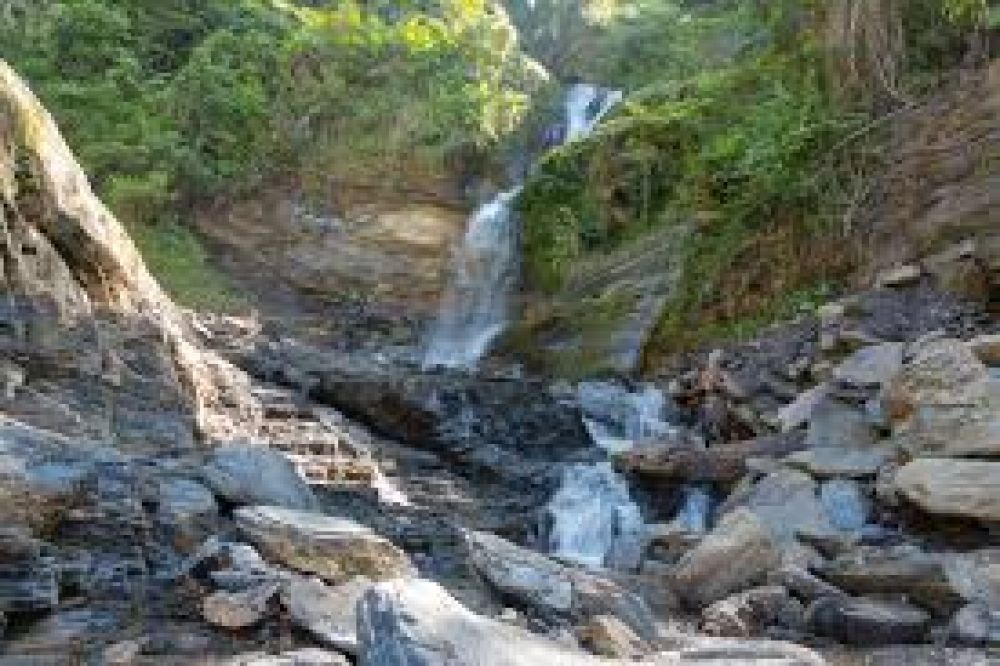

Surrounded by lush landscapes and rugged terrain, the Fatucahi Waterfall located near Suai in Timor-Leste (East Timor) stands as an emblem of nature's splendor in this young nation. The history of tourism in Timor-Leste is intricately linked to its overarching narrative of resilience and cultural richness.
The tourism industry in Timor-Leste is relatively nascent due to its turbulent history of colonization and struggle for independence. It was not until 2002 that Timor-Leste formally gained independence, paving the way for the development of tourism. Initially, visitors were primarily composed of expatriates, humanitarian workers, and a limited number of adventure travelers intrigued by the country's untouched beauty and unique history.
In the following years, the government and international organizations invested in developing local tourism by improving infrastructure, increasing accessibility, and promoting Timor-Leste's natural and cultural assets. The town of Suai, enriched with spectacular natural wonders such as the Fatucahi Waterfall, began gaining attention from eco-tourists and those seeking off-the-beaten-path travel experiences.
The enchanting Fatucahi Waterfall, hidden among the dense tropical forests of Suai, provides visitors with an opportunity to witness the idyllic harmony of crystal-clear waters cascading over a series of rocky terraces. Its seclusion and relative inaccessibility have kept it pristine and less frequented by mass tourism, adding an element of adventure and authenticity to the experience.
Given its remote location, the waterfall has historically attracted a modest number of travelers, primarily consisting of those with a keen interest in nature and sustainable tourism. Local tour operators have gradually recognized the potential of Fatucahi and started to offer guided tours, ensuring visitors can explore safely and responsibly.
The latest trends in tourism in Timor-Leste, and around Fatucahi Waterfall in particular, suggest a growing interest in eco-tourism. Tourists are seeking to immerse themselves in nature while respecting the environment and local communities. This has led to a modest but promising increase in visitors to areas like Fatucahi, which offer unique ecological and cultural experiences.
Alongside eco-tourism, there is also a trend toward community-based tourism, helping to empower local communities in Suai. By engaging in activities such as homestays, cultural exchanges, and supporting local crafts and produce, tourists contribute to sustainable development and gain a deeper understanding of the local way of life.
Despite its potential, tourism development near Fatucahi Waterfall and Timor-Leste as a whole faces challenges such as limited infrastructure, accessibility, and the need for sustainable practices. Addressing these challenges presents opportunities for stakeholders to enhance the experience for visitors while preserving the country's natural beauty and supporting local economies.
The future of tourism in Suai and Timor-Leste remains a path of cautious optimism. The hope is that with careful planning and responsible travel practices, places like Fatucahi Waterfall can flourish as sustainable tourism destinations that celebrate the country's unique character and contribute to its continued growth and development.